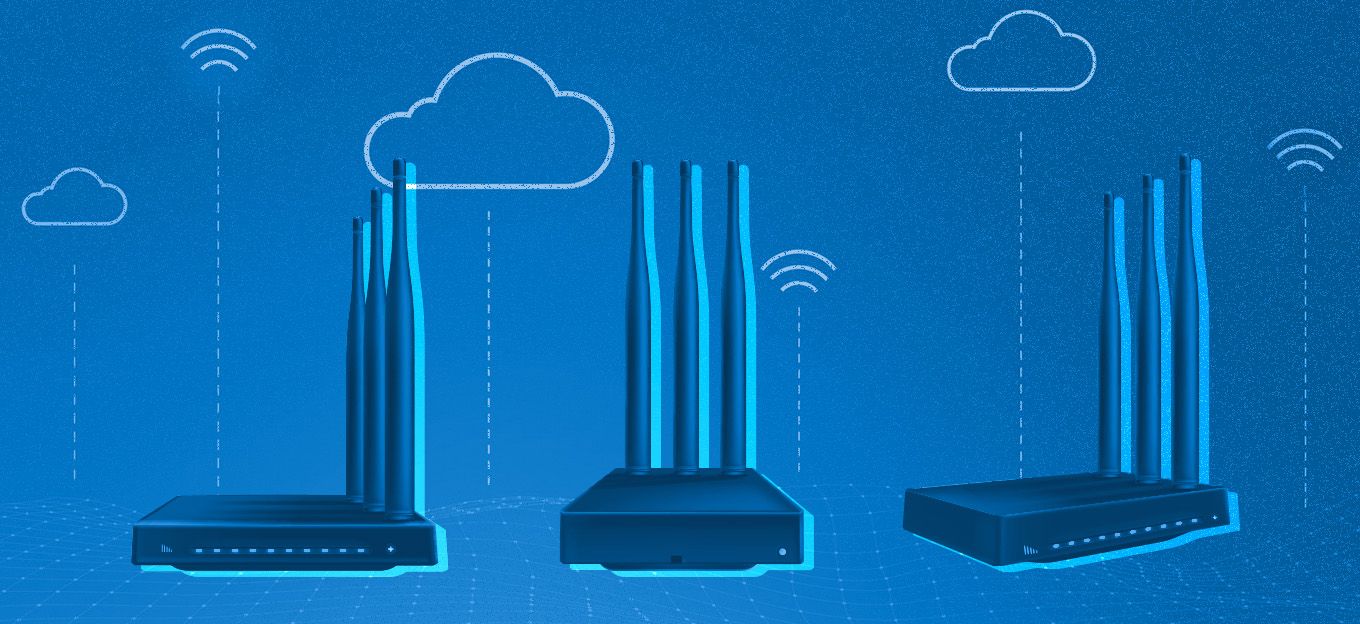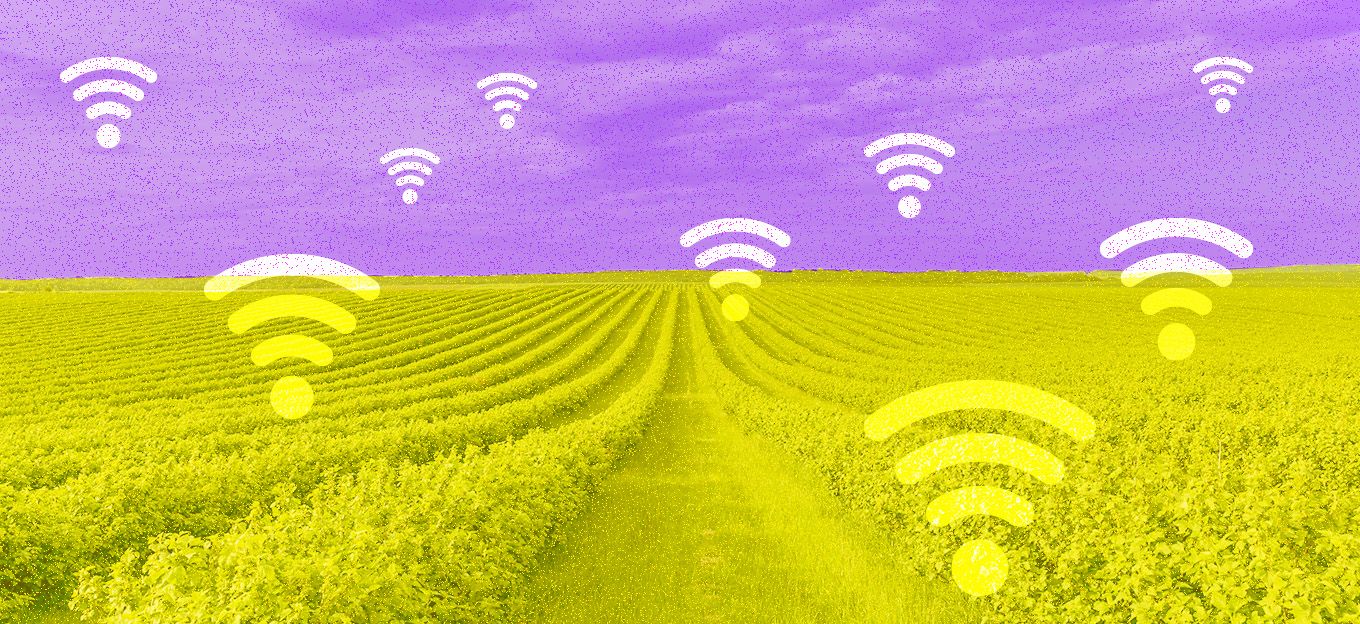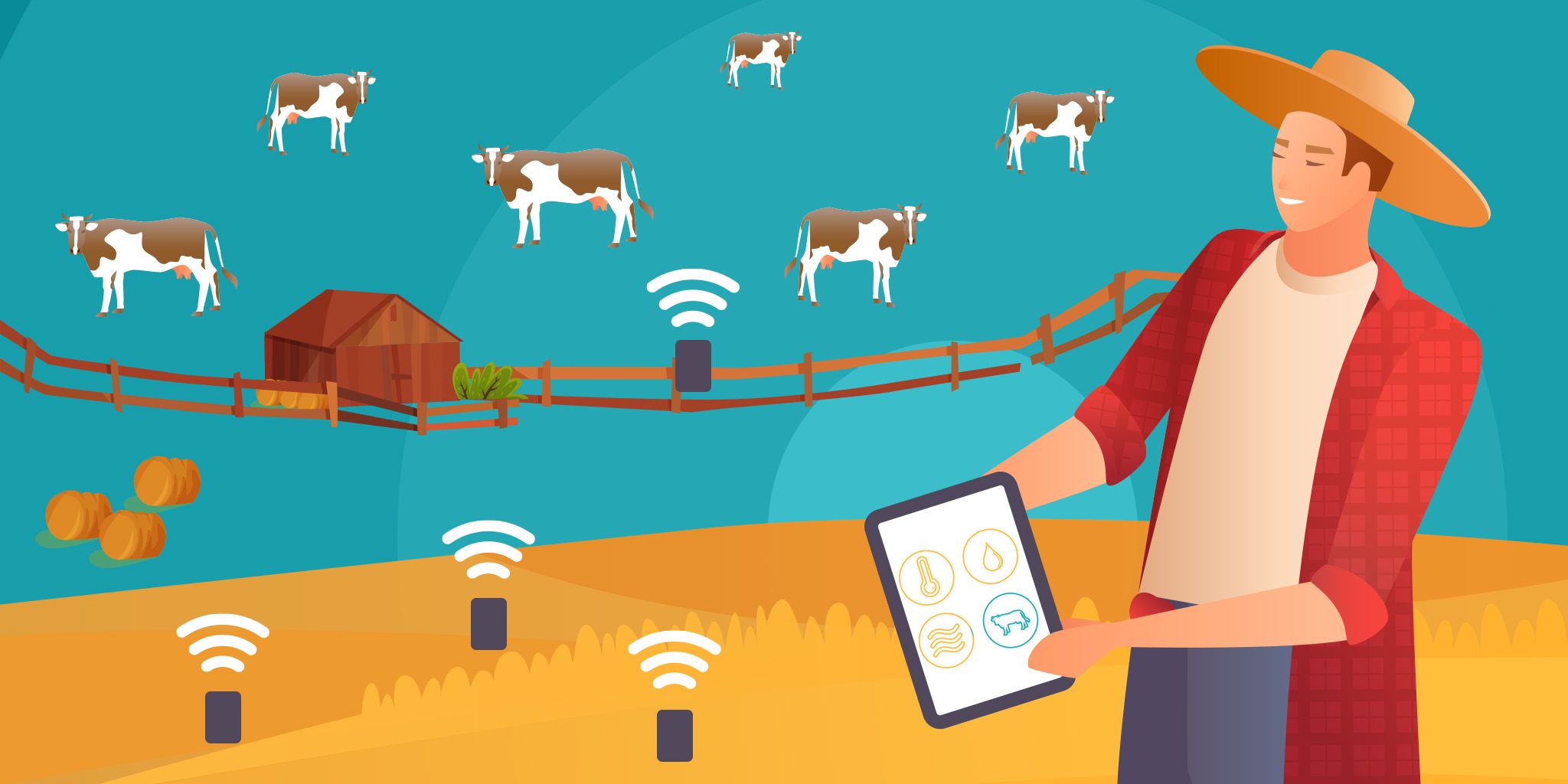How To Monitor Water Levels with Flood Warning Systems and Industrial IoT Sensors
How To Monitor Water Levels with Flood Warning Systems and Industrial IoT Sensors
- Last Updated: December 2, 2024
Guest Writer
- Last Updated: December 2, 2024



You may already know that water monitoring systems have impacts on our environment as well as you and your family’s health.
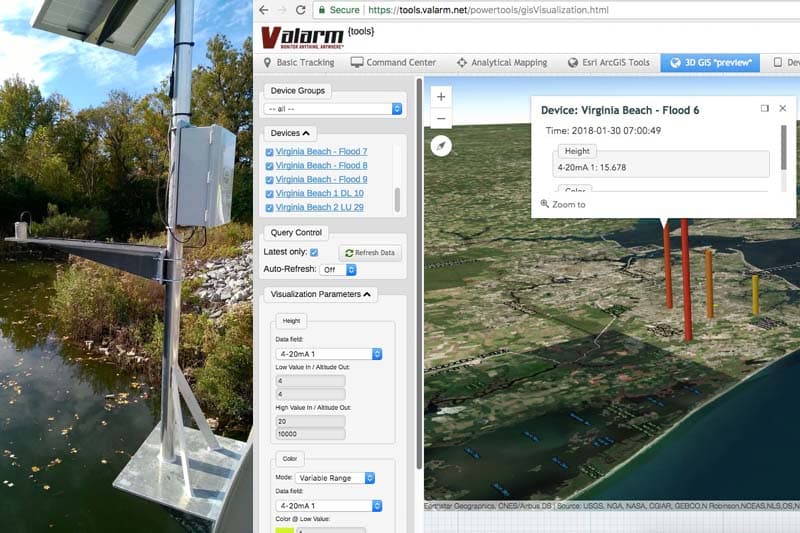
What happens when there’s too much water? Can Industrial IoT sensor monitoring help smart cities with effective Flood Warning Systems?
Fortunately, today’s technologies make it easier to rapidly deploy environmental monitoring solutions. In this story, we’ll focus on how IoT devices monitor water levels for flood warning systems.
How Do IoT Water Level Sensors Work?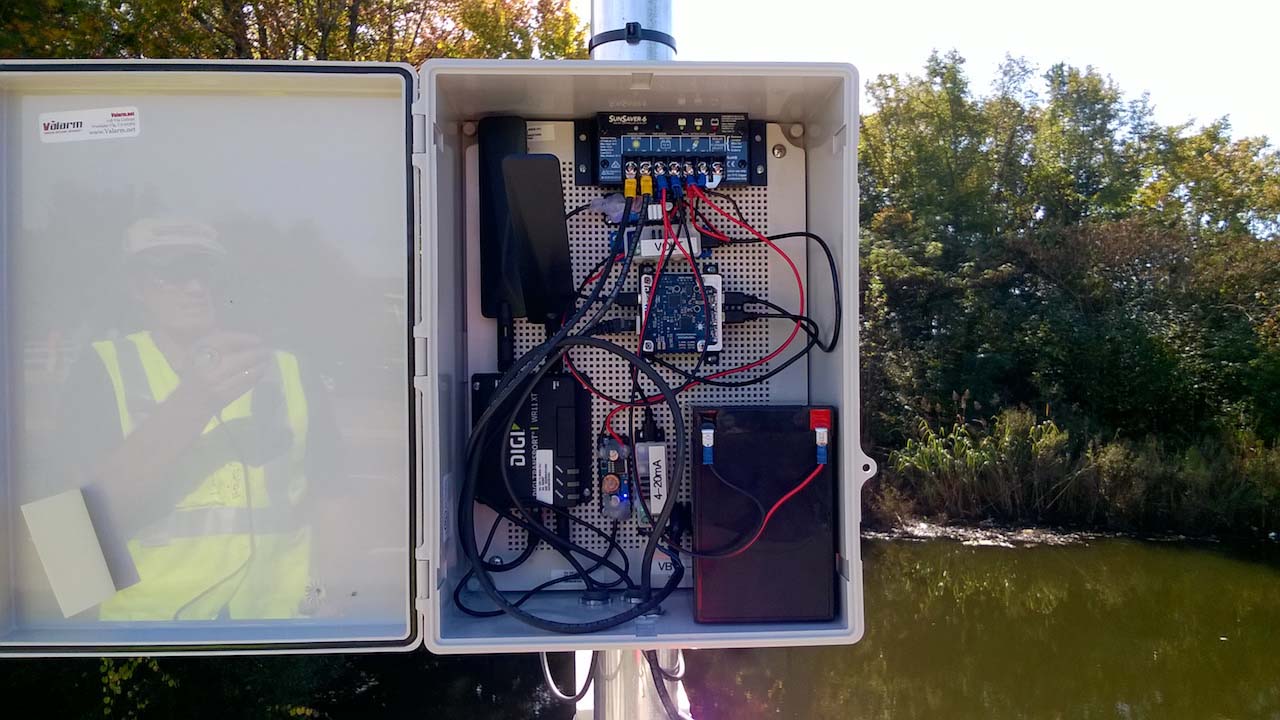

You’ve got a lot of options for how to monitor water levels. There are many hardware manufacturers and various technologies available. Let’s discuss common IoT water sensors you can choose from:
- Ultrasonic level sensors
- Pressure transducers
- Radar level sensors
Ultrasonic Level Sensors
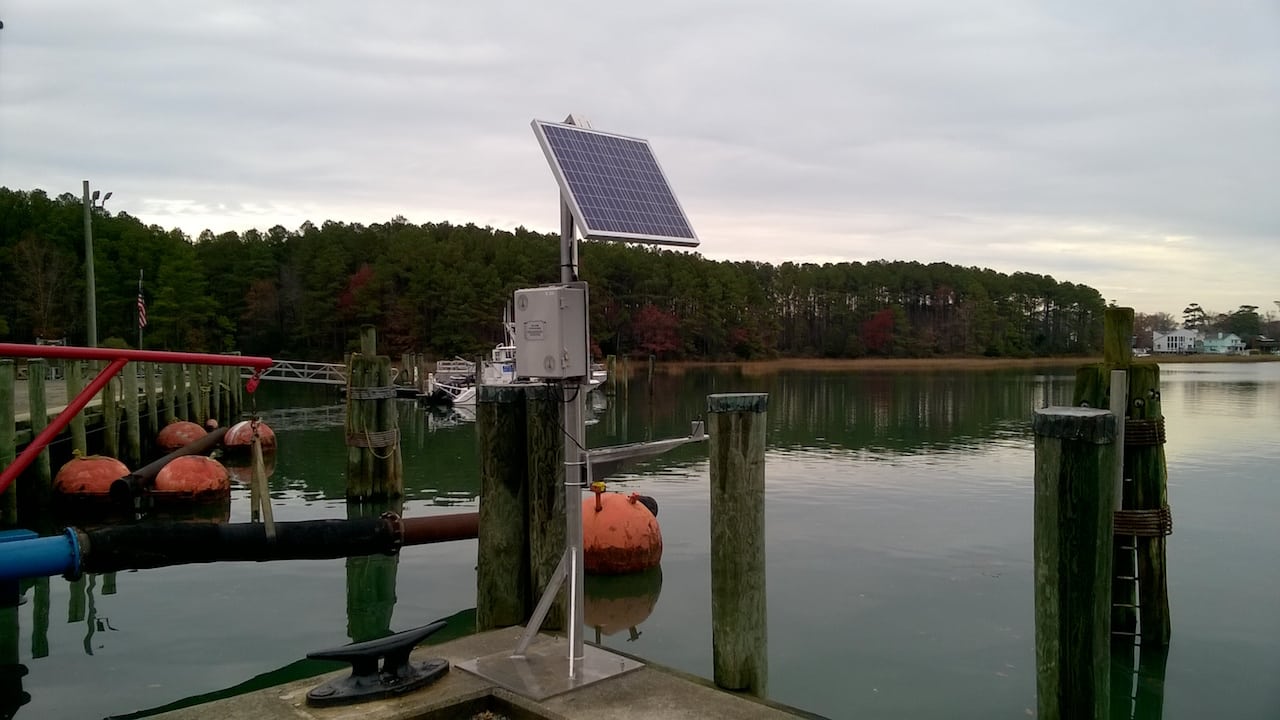
Typically, ultrasonic sensors send out sound waves to determine fluid levels, whether your organization is monitoring chemicals in tanks or measuring river water levels from a bridge. Ultrasonic sensors measure how much time it takes for the echo to hit the target (e.g., water) and return to the sensor.Based off of these high frequency sound waves, ultrasonic sensors output a sensor reading, typically in an industry standard sensor format like 4-20 mA. Ultrasonic sensors are deployed above the fluids you need to monitor and are referred to as non-contact sensors, which may be critical depending on your monitoring scenarios.
Pressure Transducers
In a sense, pressure transducers measure the pressure, or weight, of the water that is on top of them. They are considered more passive sensors, vs. active sensors like ultrasonic and radar sensors that actively output a signal that is used for level measurement.
Pressure transducers convert the energy from the pressure of fluids to a signal that is output in a sensor standard protocol like 4-20 mA. Note that pressure transducers will contact the liquids they are monitoring and need to be at the bottom for more accurate measurements.
For some of your monitoring scenarios, this can be challenging since your fluids may be mucky or have flowing debris that can damage the sensor. In other scenarios, like monitoring water levels and well depths in test wells, pressure transducers are often the most effective level sensors.
Radar Level Sensors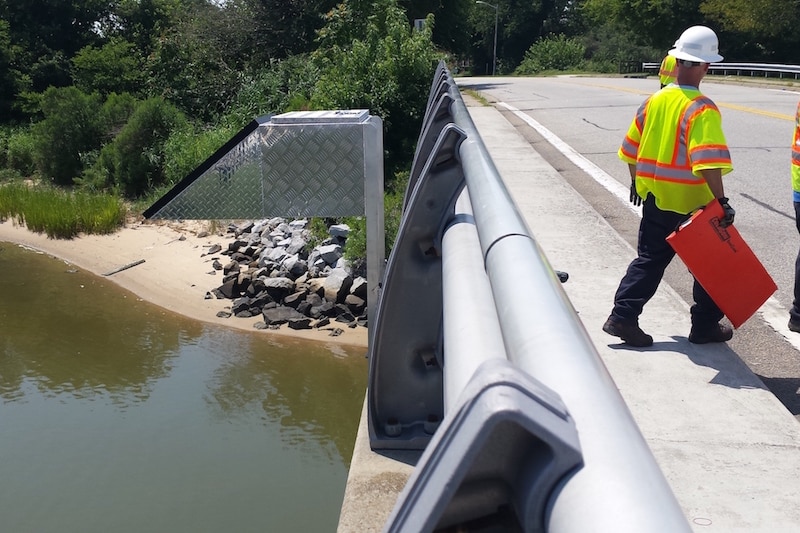

Radar sensors use probes to guide high frequency radar and electromagnetic waves from the sensor to what you’re monitoring the level of, e.g., water. Based on how long the radar pulse takes to return after it’s been sent, radar level sensors output your level readings.
Typically, radar sensors are more expensive than other types of level sensors. However, waves and pulses output by radar sensors can often penetrate things that might interfere with true level measurements, e.g., foam or vapor. For this reason, you’ll decide which level sensors, or combinations of level sensor technologies, will work best in your specific scenarios.
Conclusions on IoT Water Level Sensors for Flood Warning Systems
The bottom line is - Effective flood warning systems and other water level monitoring systems integrate a combination of IoT sensor technologies.
Organizations use exactly what makes the most sense for each different deployment environment.
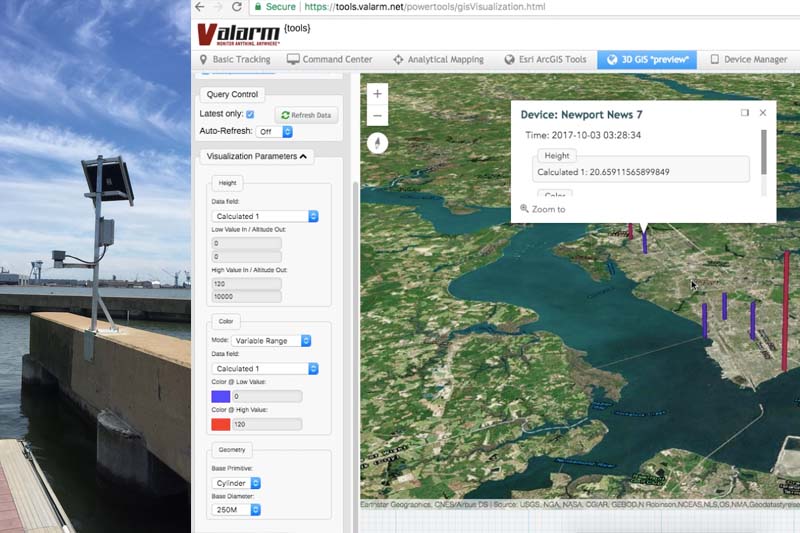
Smart Cities on the east coast of the USA deploy flood warning systems that monitor water levels using Industrial IoT sensors. Specifically, the ultrasonic and radar level sensors mentioned above are the most commonly deployed, and they’re what you’re seeing in the photos in this story.Also, in our experience, flood warning systems are most commonly deployed with solar panel power and use mobile cell networks or WiFi to upload sensor information to the clouds. As you know, in the end it’s all up to exactly what each customer really, truly needs for their most effective deployments.
That’s your general overview of how Industrial IoT water level sensors work for water monitoring systems like flood warning systems. In our experience, Industrial IoT has a tremendously positive impact on the water monitoring industry, from water resource management for water wells, to flood warning systems, and beyond! Please don’t hesitate to get in touch with me if you’ve got any questions.


Dr. Edward Pultar, PhD
Edward is an engineer at Valarm who loves monitoring water and Industrial IoT sensor applications. He’s worked at Google and universities in the states and Europe doing GIS, a.k.a., Geographic Information Systems.
The Most Comprehensive IoT Newsletter for Enterprises
Showcasing the highest-quality content, resources, news, and insights from the world of the Internet of Things. Subscribe to remain informed and up-to-date.
New Podcast Episode

IoT and AI in 2026
Related Articles
